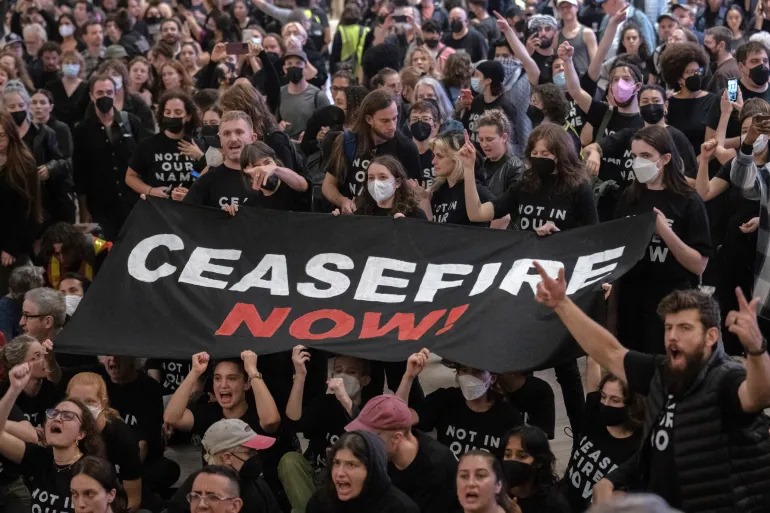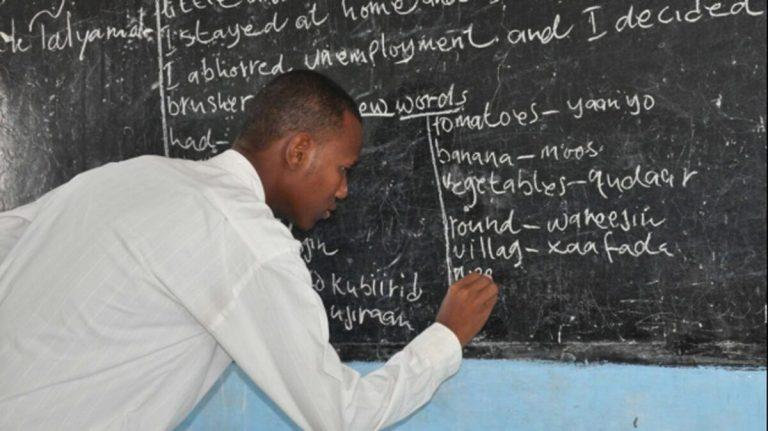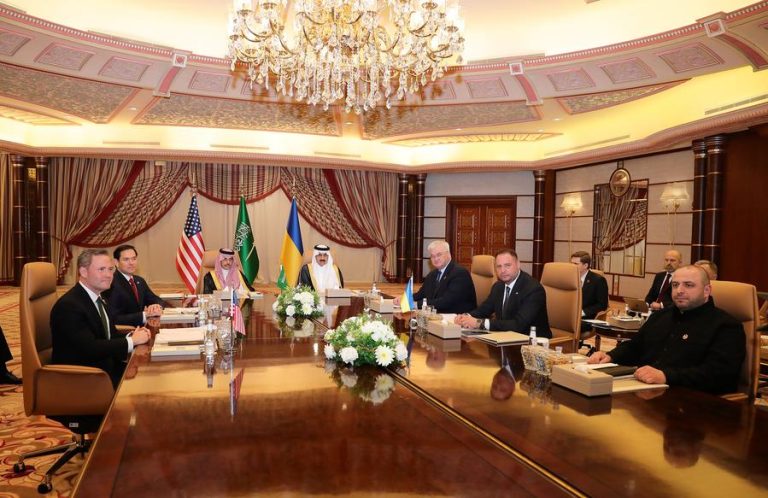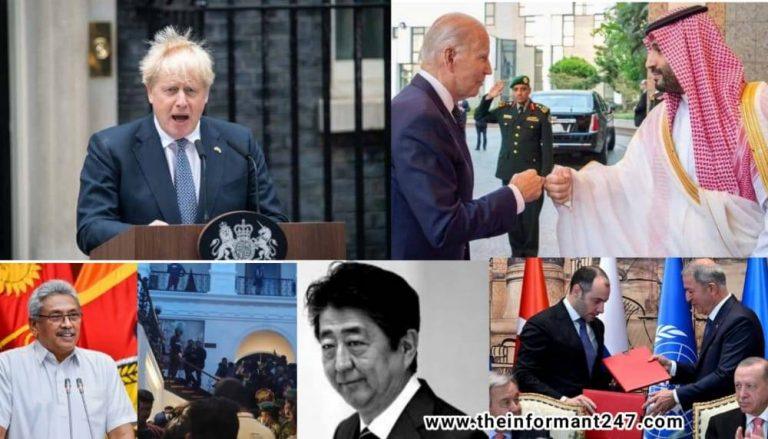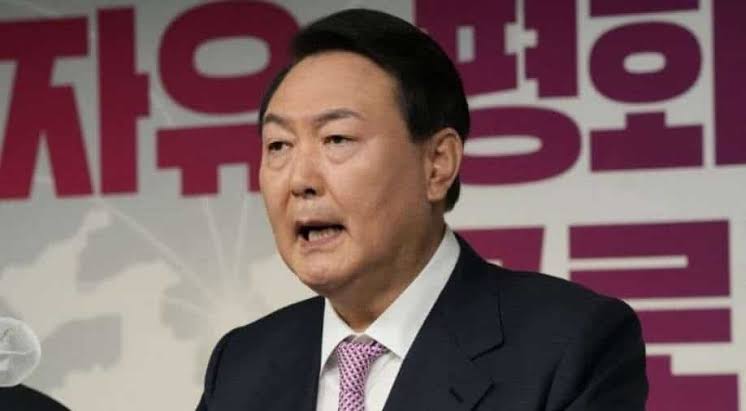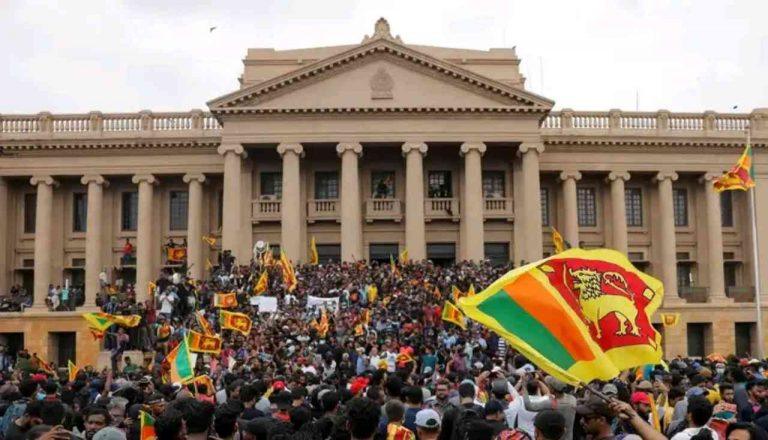Israel-Hamas ceasefire| What has played out since January 19?
By Daramola Luke with contributions from Adewale Labeeb
After more than a year of fighting, a ceasefire deal between Israel and Hamas takes effect on January 19, 2025. The agreement consists of three stages, with the first currently underway. For many Palestinians and Israelis, the ceasefire offers a brief respite, allowing for the return of Israeli hostages and an increase in humanitarian aid to Gaza. However, with the truce set to last only 42 days, the long-term outlook remains uncertain.
The Informant247 presents a timeline of key events shaping regional dynamics since the deal bore practical fruits:
January 19
Palestinian militant group Hamas releases three Israeli hostages, and Israel frees 90 Palestinian prisoners Sunday, the first day of the ceasefire suspending a 15-month war that has left much of the Gaza Strip in ruins and intensified regional tensions.
January 20
The United Nations Office for the Coordination of Humanitarian Affairs (OCHA) reports Monday that 915 aid trucks entered the Gaza Strip, citing information from Israel and ceasefire guarantors—the US, Qatar, and Egypt. Under the ceasefire agreement, 600 truckloads of aid must enter Gaza daily during the initial six-week truce.
January 21
Israeli forces launch a major raid in Jenin, West Bank, resulting in multiple Palestinian casualties, just two days after the ceasefire begins. The incursion sparks international concern over escalating tensions in the occupied territories.
January 22
At the World Economic Forum in Davos, Switzerland, Saudi Foreign Minister Prince Faisal bin Farhan bin Abdullah expresses optimism about regional stability, calling the ceasefire an opportunity to “turn a page” toward peace and cooperation.
January 23
Saudi Crown Prince Mohammed bin Salman speaks with US President Donald Trump, outlining plans for $600 billion in new US investment and trade over the next four years.
January 24
Hamas announces the names of four Israeli female soldier hostages to be released in exchange for Palestinian prisoners as part of the second swap under the ceasefire deal in Gaza.
Karina Ariev, Daniela Gilboa, Naama Levy, and Liri Albag, all members of a military surveillance unit stationed near Gaza during Hamas’ October 7, 2023 attack, are set to be released on Saturday, the group says.
January 25
A day later, Hamas frees the four Israeli soldiers in exchange for 200 Palestinian prisoners. Cheering crowds greet the releases on both sides, with Israelis gathering in Tel Aviv and Palestinians assembling in Ramallah.
January 26
Hamas accuses Israel of violating the ceasefire by blocking displaced Palestinians from returning to northern Gaza, urging adherence to the agreement.
January 27
Tens of thousands of Palestinians return en masse to northern Gaza, an area heavily damaged by Israeli military operations.
On the same day, protests erupt in Lebanon over the presence of Israeli forces, leading to violent clashes and at least two deaths. Meanwhile, the European Union outlines a roadmap to lift sanctions on Syria, which Damascus embraces as a step toward economic recovery.
January 28
Dubai billionaire Khalaf Ahmad Al Habtoor withdraws his investments from Lebanon, citing political instability and Hezbollah’s influence, while highlighting growing concerns over Lebanon’s fragile economic and security situation.
January 29
Syria’s de facto leader, Ahmed al-Sharaa, is declared president for a transitional phase, tightening his hold on power less than two months after leading a campaign that toppled Bashar al-Assad.
January 30
Qatar’s Emir Sheikh Tamim bin Hamad al-Thani visits Damascus and meets newly declared transitional President Ahmed al-Sharaa, marking the first visit by a head of state to the Syrian capital since Bashar al-Assad was ousted.

